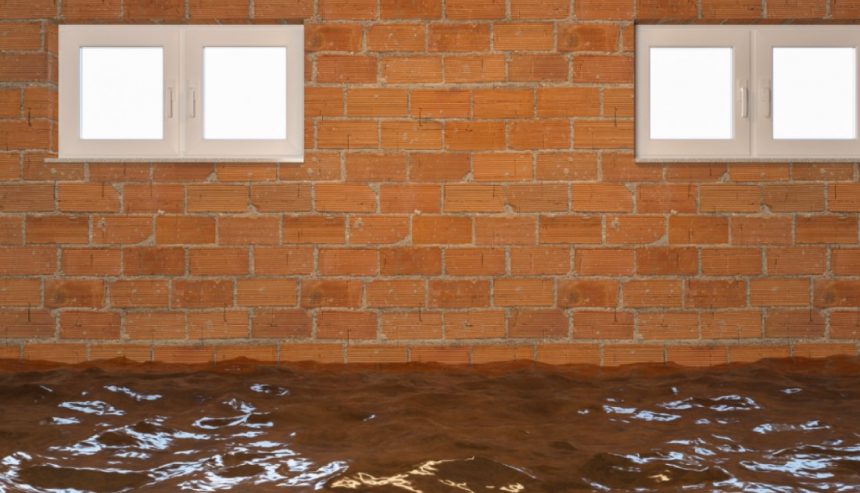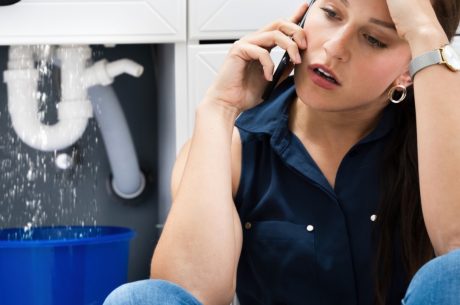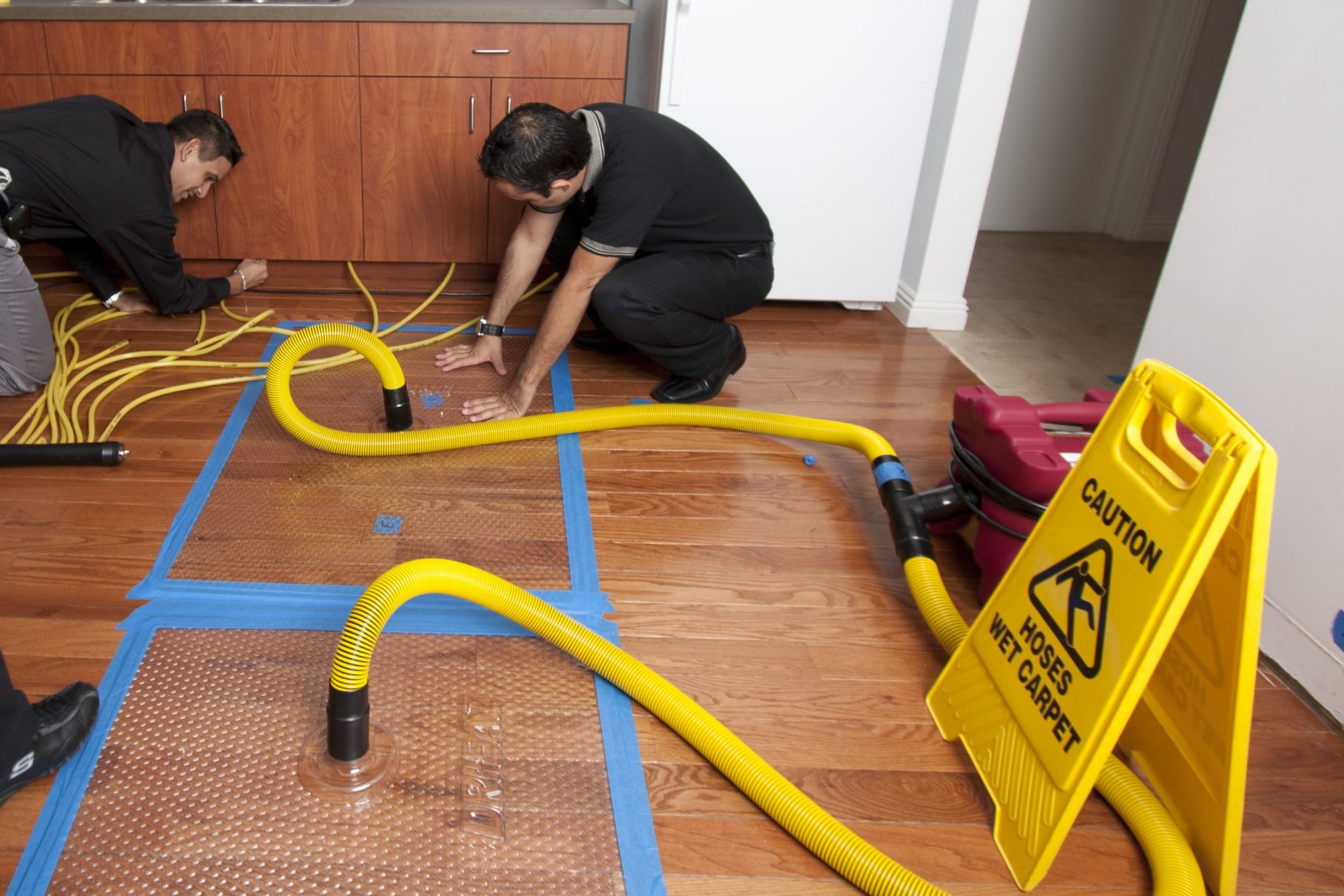When disaster strikes, understanding the difference between water restoration and water damage restoration can make all the difference.
While both processes aim to address the effects of water on your property, they involve different steps and focus on different outcomes.
Let’s dive into what sets these two apart and why it matters for your home or business.
What Is Water Restoration?
Water restoration is the process of returning your property to its pre-damage state. This usually involves removing water, drying out the area, and repairing any structural damage caused by water. The goal is to restore your home or business to its original condition as quickly and efficiently as possible.
Key Steps in Water Restoration
- Assessment and Inspection: The first step in water restoration is to assess the extent of the water damage. Professionals use specialized tools to measure moisture levels and identify areas that need attention.
- Water Removal: Once the assessment is complete, the next step is to remove the standing water. This can involve the use of industrial pumps and vacuums to ensure all water is extracted.
- Drying and Dehumidification: After water removal, the affected areas need to be dried. Dehumidifiers and air movers are used to remove moisture from walls, floors, and other surfaces.
- Cleaning and Sanitizing: To prevent mold and bacteria growth, the area must be cleaned and sanitized. This often involves using antimicrobial treatments and deodorizing agents.
- Restoration and Repairs: Finally, any damaged structures or materials, such as drywall or flooring, are repaired or replaced to restore the area to its pre-damage state.
What Is Water Damage Restoration?

Water damage restoration goes a step further than water restoration. It not only aims to restore the property but also to address the underlying issues that caused the water damage in the first place. This process focuses on identifying the source of the water, fixing it, and preventing future damage.
Key Steps in Water Damage Restoration
- Emergency Response: Time is of the essence when dealing with water damage. Restoration companies typically offer 24/7 emergency services to quickly address the situation.
- Source Identification and Repair: Identifying and repairing the source of the water damage is crucial. Whether it’s a burst pipe, a leaking roof, or a natural disaster, fixing the source prevents further damage.
- Water Extraction: Similar to water restoration, water extraction is a key step. High-powered pumps and vacuums are used to remove standing water.
- Drying and Dehumidification: Thorough drying and dehumidification are essential to prevent mold growth and further structural damage.
- Mold Remediation: If mold is present, it must be removed to ensure a safe environment. Mold remediation involves cleaning affected areas and using treatments to prevent future growth.
- Cleaning and Sanitizing: The affected areas are cleaned and sanitized to remove contaminants and odors.
- Restoration and Reconstruction: The final step is to restore and reconstruct the damaged areas. This can involve major repairs such as replacing walls and floors or minor touch-ups like repainting.
The Importance of Professional Services
Both water restoration and water damage restoration require specialized knowledge and equipment. Attempting to handle these tasks on your own can lead to incomplete restoration and potential health risks. Professional restoration companies have the expertise to ensure the job is done right.
Benefits of Hiring Professionals
- Quick Response and Action: Professional services offer quick response times, minimizing the extent of the damage.
- Advanced Equipment: Restoration companies use advanced equipment that ensures thorough water extraction, drying, and dehumidification.
- Expertise and Experience: Professionals have the training and experience to handle all aspects of water restoration and water damage restoration.
- Safety: Handling water damage can pose health risks, such as exposure to mold and bacteria. Professionals follow safety protocols to protect you and your property.
Common Causes of Water Damage

Understanding the common causes of water damage can help you take preventive measures. Here are some typical scenarios that lead to water damage:
Natural Disasters
- Floods: Heavy rains and overflowing rivers can lead to severe flooding.
- Hurricanes and Storms: Strong winds and heavy rainfall can cause significant water damage to properties.
Plumbing Issues
- Burst Pipes: Pipes can burst from freezing, aging, or excessive pressure, leading to substantial water damage.
- Leaky Faucets and Fixtures: Even small leaks can accumulate over time, causing damage to cabinets, floors, and walls.
Structural Failures
- Roof Leaks: Damaged or aging roofs can allow water to seep into your home or business.
- Foundation Cracks: Cracks in the foundation can let water into basements and lower levels.
Preventive Measures
Taking preventive measures can minimize the risk of water damage. Here are some tips to help protect your property:
Regular Maintenance
- Inspect Your Roof: Regularly check your roof for signs of damage and repair any issues promptly.
- Maintain Plumbing: Inspect your plumbing system for leaks and have any problems fixed by a professional.
- Seal Windows and Doors: Ensure all windows and doors are properly sealed to prevent water from entering.
Install Preventive Systems
- Sump Pumps: Install a sump pump in your basement to remove excess water and prevent flooding.
- Water Alarms: Water alarms can alert you to leaks and help you address them before they cause significant damage.
Conclusion
Understanding the difference between water restoration and water damage restoration is crucial for effectively addressing water-related issues in your property. While both processes aim to restore your property, water damage restoration goes a step further by identifying and fixing the source of the damage.
By hiring a professional emergency water damage service and taking preventive measures, you can protect your home or business from the devastating effects of water damage.
For expert water damage restoration in Ridgewood, contact PuroClean of Ridgewood today!




 PuroClean of Ridgewood
PuroClean of Ridgewood